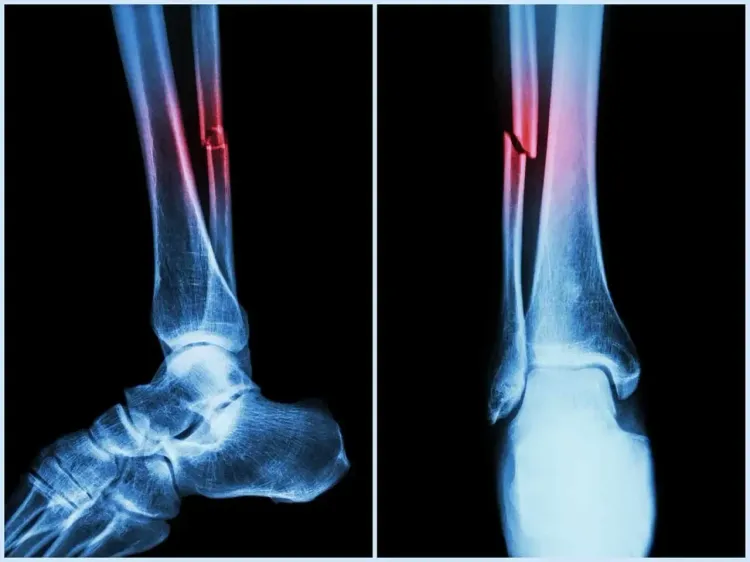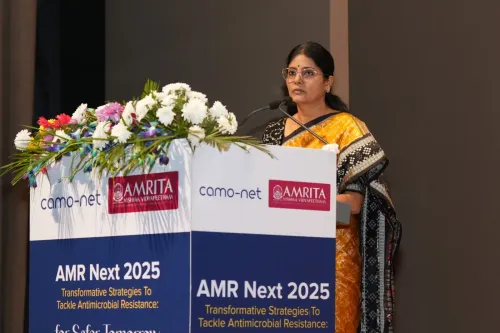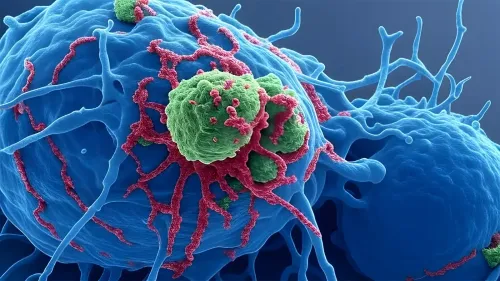Can a New Machine Algorithm Identify Heart and Fracture Risks from Routine Bone Scans?

Synopsis
Key Takeaways
- Advanced machine learning algorithm identifies cardiovascular and fracture risks.
- Efficiently analyzes thousands of images in under a minute.
- Significant implications for older women's health screening.
- AAC is a critical marker for falls and fractures.
- Integration of vascular health assessments in routine screenings is crucial.
Sydney, April 30 (NationPress) Researchers from Australia and Canada have introduced an advanced machine learning algorithm that can swiftly detect risks of heart disease and fractures through standard bone density scans.
This groundbreaking innovation, created by experts from Edith Cowan University in Australia alongside the University of Manitoba in Canada, holds the potential to enhance early and thorough diagnoses during routine osteoporosis examinations, ultimately benefiting millions of older adults, as reported by Xinhua news agency.
The automated technology evaluates vertebral fracture assessment (VFA) images to identify abdominal aortic calcification (AAC), which is a crucial indicator associated with heart attacks, strokes, and falls.
Typically, trained specialists require approximately five to six minutes to assess AAC per image. However, this new algorithm reduces that time to less than a minute for thousands of images, significantly improving the efficiency of large-scale screenings.
Research indicates that around 58 percent of older women undergoing routine bone scans exhibit moderate to high levels of AAC, with many unaware of their increased cardiovascular risk, stated Cassandra Smith, a research fellow at ECU.
"Women are often recognized as being under-screened and under-treated for cardiovascular disease," Smith remarked.
"Individuals with AAC typically do not show any symptoms, and without dedicated screening for AAC, this health risk often goes unnoticed. By leveraging this algorithm during bone density scans, women have a significantly improved chance of receiving a diagnosis," Smith added.
Additional research by Marc Sim of ECU revealed that AAC is not only a marker for cardiovascular risk but also a potent predictor of falls and fractures. In fact, AAC has shown to be more predictive than conventional fall risk factors such as bone mineral density and prior fall history.
"The greater the degree of calcification in your arteries, the higher your risk of falls and fractures," Sim noted, emphasizing that clinicians usually neglect vascular health in fall risk assessments, an oversight this algorithm addresses.
"Our findings indicate that AAC is a significant contributor to fall risks and surpasses other clinically recognized fall risk factors," Sim stated.
He further explained that the new machine algorithm, when integrated into bone density scans, could provide clinicians with vital insights into patients' vascular health, which is frequently overlooked as a risk factor for falls and fractures.









